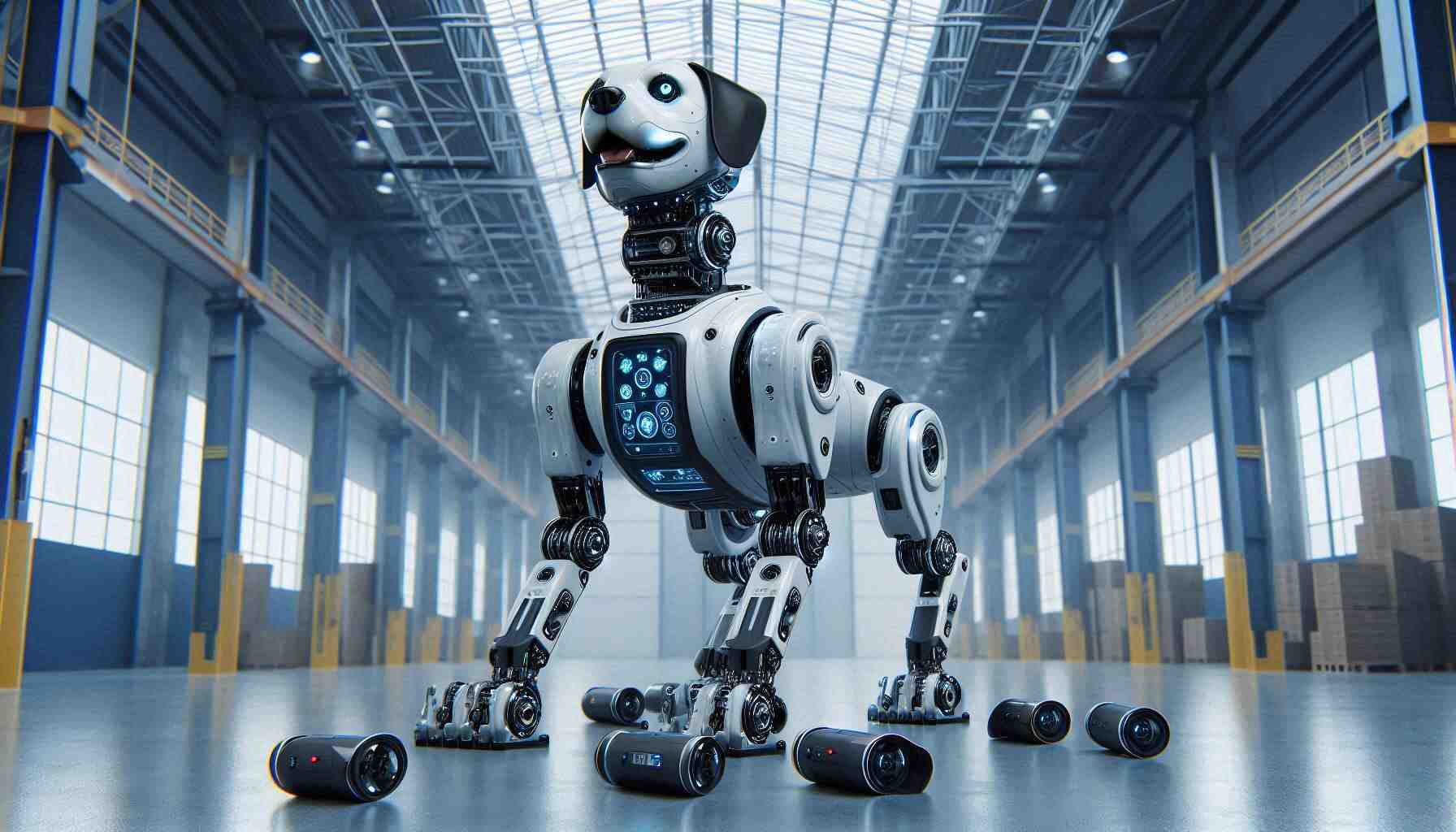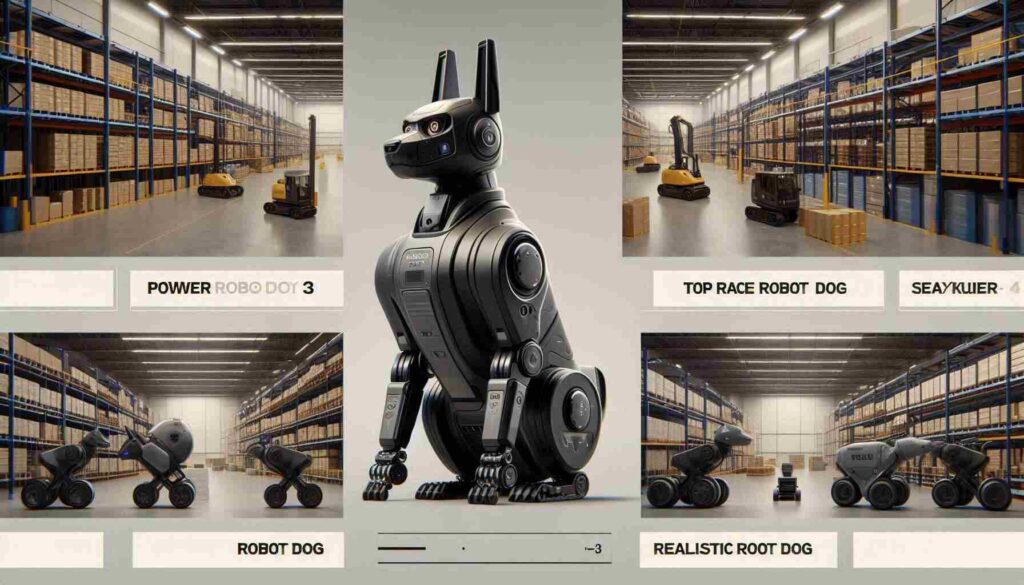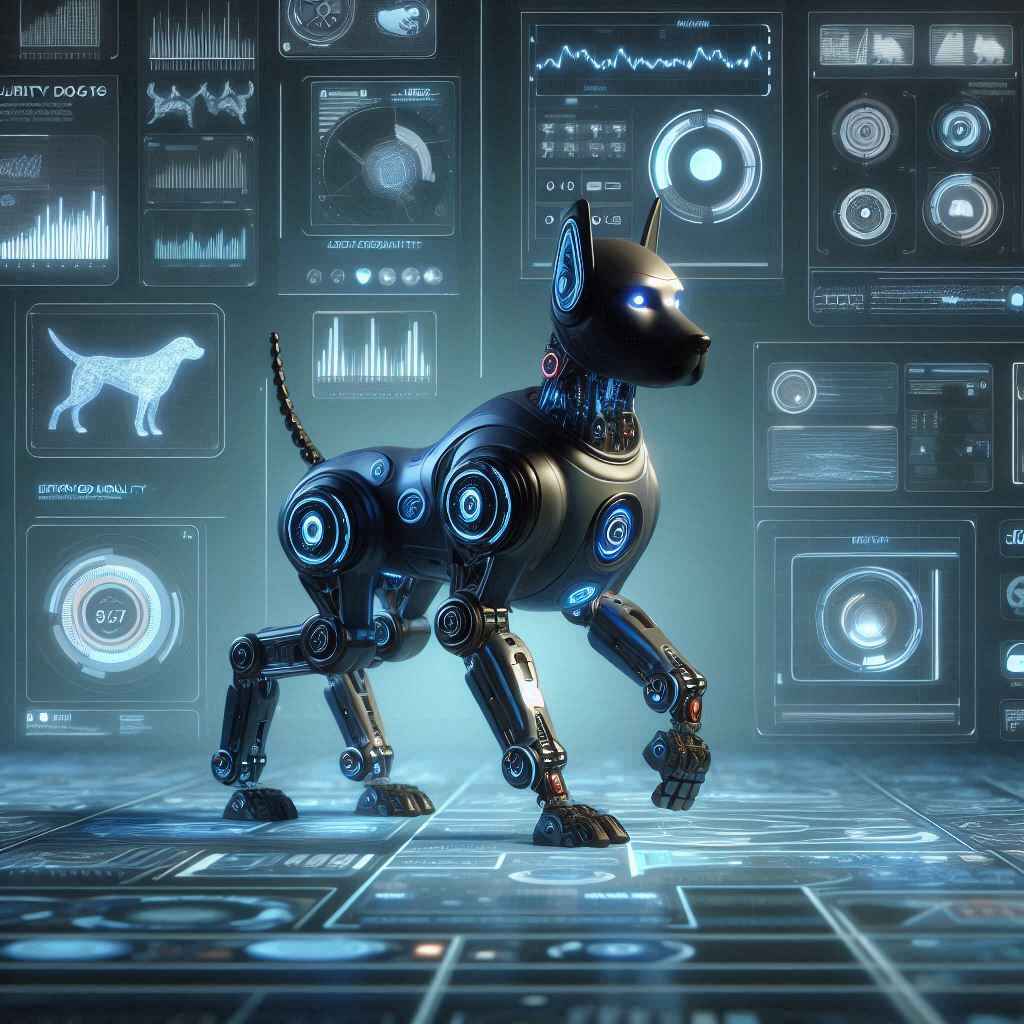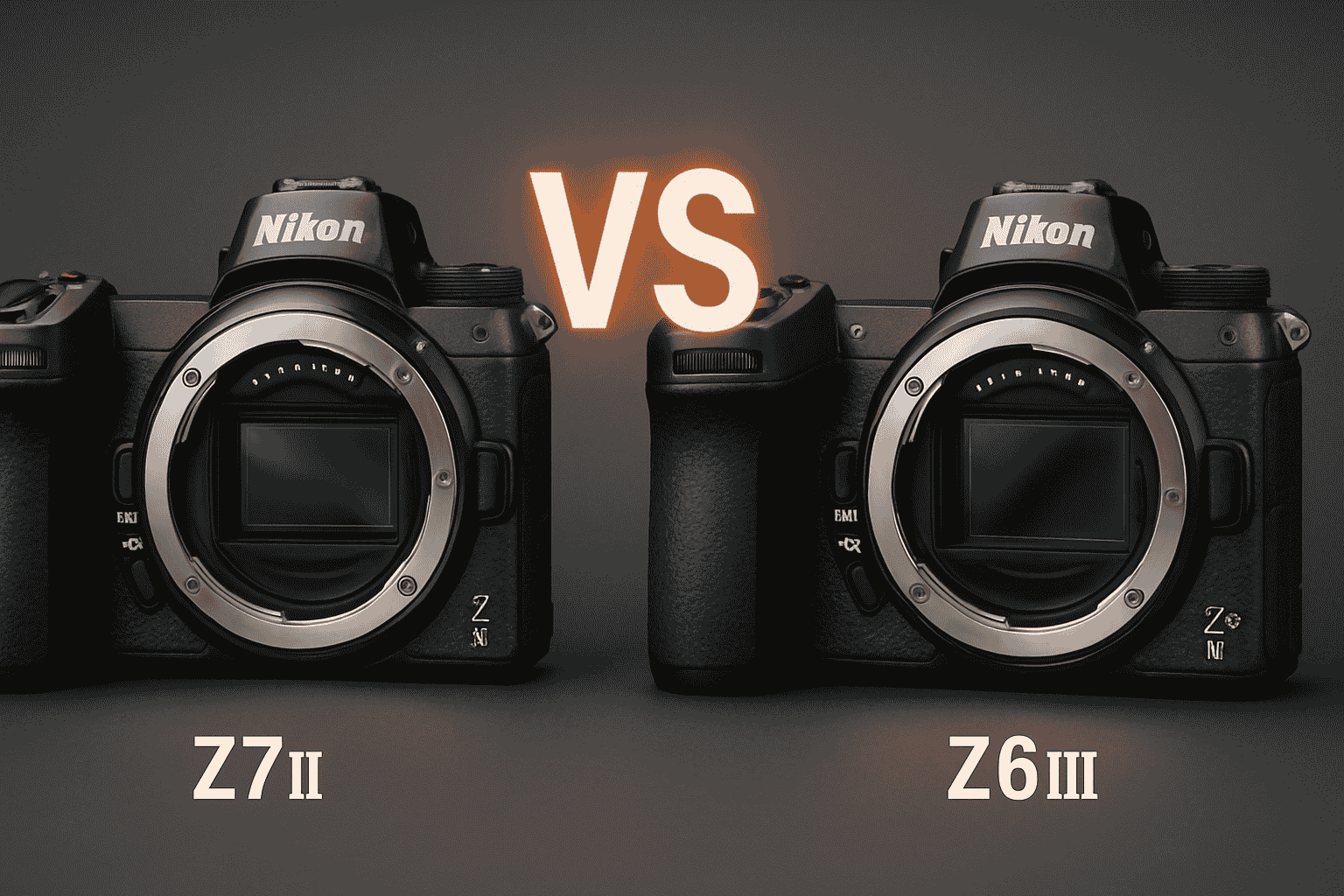
In an age where security concerns are at an all-time high, innovative solutions are necessary to protect our homes, businesses, and public spaces. Traditional security measures, while effective, often fall short in adaptability and efficiency. Enter the robotic security dog—a technological marvel designed to enhance security through advanced features and capabilities. These robotic companions are not just a novelty; they represent a significant shift in how we approach safety and surveillance. This blog will delve into the world of robotic security dogs, exploring their advantages, applications, and future trends while highlighting specific models like the top race robot dog, power robot dog, and realistic robot dog.
As outlined by TechCrunch, robotic security systems are designed to enhance real-time surveillance and automation, setting a new standard in home safety.
What are Robotic Security Dogs?
Robotic security dogs are autonomous machines engineered to perform surveillance and security tasks traditionally handled by human guards or static cameras. Mimicking the appearance and movement of real dogs, these robots are equipped with state-of-the-art technology, including artificial intelligence (AI), sensors, cameras, and mobility systems.
Key Features of Robotic Security Dogs
- Mobility: Most robotic security dogs can traverse various terrains, allowing them to patrol areas that may be difficult for humans or stationary cameras to monitor effectively. Their design often includes four legs that provide stability and agility in different environments.
- AI-Driven Surveillance: Equipped with sophisticated AI algorithms, these robots can analyze their surroundings in real-time, detecting unusual activities or potential threats. They can distinguish between normal movements (like animals or people) and suspicious behavior.
- Communication Capabilities: Many models can communicate with security personnel or integrate with existing security systems to provide alerts and updates. This connectivity allows for immediate responses to detected threats.
- Data Collection: Robotic dogs can gather data through their sensors and cameras, providing valuable insights for security analysis. This data can be used to improve future patrols and identify patterns in suspicious activities.
- Durability: Designed for various environments, these robots often come with weather-resistant features that allow them to operate in rain, snow, or extreme temperatures without compromising performance.
The combination of these features makes the robotic security dog a formidable addition to any security strategy.
Advantages of Robotic Security Dogs Over Traditional Security Measures
The transition from traditional security measures to robotic solutions offers numerous advantages:
1. Efficiency
Robotic security dogs can operate continuously without fatigue or distraction. Unlike human guards who may require breaks or shifts, these machines provide 24/7 monitoring capabilities, ensuring that no activity goes unnoticed. Their ability to cover vast areas quickly makes them particularly effective in large facilities or open spaces.
2. Autonomy
With their autonomous capabilities, robotic dogs can navigate predetermined patrol routes without human intervention. This autonomy allows them to cover large areas effectively and respond quickly to any detected threats. Their programmed paths can be adjusted based on specific needs or incidents.
3. Advanced Detection
Equipped with high-tech sensors and cameras, robotic security dogs can detect movements and changes in their environment that may go unnoticed by human guards. Their ability to analyze data in real-time enhances threat detection significantly—allowing for immediate alerts when anomalies are detected.
4. Cost-effectiveness
While the initial investment in a robotic security dog may be higher than hiring human personnel, the long-term savings on labor costs and reduced losses from theft or damage can make them a more economical choice over time. Additionally, they require less ongoing training compared to human staff.
5. Adaptability
These robots can learn from their environment through machine learning algorithms, improving their efficiency and effectiveness as they gather more data over time. This adaptability means they can adjust their patrol strategies based on what they learn about typical activity patterns in their designated areas.
6. Deter Criminal Activity
The mere presence of a robotic security dog can act as a deterrent to potential intruders. The sight of a patrolling robot is often enough to discourage criminal activity—especially when combined with visible surveillance equipment.
Robotic Security Dog Models
When considering a robotic security dog, several models stand out in the market for their unique features and capabilities:

Top Race Robot Dog
The Top Race Robot Dog is designed primarily for recreational use but also serves basic security functions. Key features include:
- Remote control capabilities that allow users to operate the robot from a distance.
- Various movement patterns that enable it to navigate different terrains.
- Built-in cameras for basic surveillance tasks.
This model is ideal for small-scale applications or home use but lacks some advanced features found in commercial models.
Power Robot Dog
The Power Robot Dog is engineered for heavy-duty applications and is particularly suited for industrial environments. Its features include:
- High durability for rugged environments where traditional surveillance might fail.
- Extended battery life that ensures long operational hours without needing frequent recharges.
- Advanced sensors for real-time monitoring of large areas.
This model excels in warehouses or construction sites where robust security is essential.
Realistic Robot Dog
The Realistic Robot Dog aims to replicate the look and feel of a real dog while providing advanced security features:
- Lifelike movements that make it appear more approachable while still serving its purpose.
- AI-driven behavior patterns that allow it to interact naturally with people while performing its surveillance duties.
- Integration with existing security systems for seamless operation alongside other technologies.
This model is perfect for residential areas where a familiar presence might help deter intruders while providing effective surveillance.
| Model | Features | Price Range |
| Top Race Robot Dog | Remote control, basic cameras | $1,500 – $2,000 |
| Power Robot Dog | Heavy-duty, long battery life | $10,000 – $15,000 |
| Realistic Robot Dog | Lifelike movements | $3,000 – $5,000 |
Current Applications of Robotic Security Dogs
Robotic security dogs are being utilized across various sectors:
1. Industrial Security
In warehouses and manufacturing plants, robotic dogs patrol large areas continuously without fatigue. They detect suspicious activities through advanced sensors that monitor environmental changes—such as temperature fluctuations or unauthorized access—and send alerts to human supervisors when necessary. Their ability to navigate complex environments makes them invaluable in ensuring safety protocols are followed.
Benefits in Industrial Settings
- Reduced Labor Costs: By replacing several human guards with fewer robotic units, companies can save on labor costs while maintaining high levels of surveillance.
- Increased Safety Compliance: With constant monitoring capabilities, robotic dogs help ensure compliance with safety regulations by detecting hazards before they become serious issues.
2. Military Applications
The military employs robotic dogs for perimeter patrols and reconnaissance missions. Their ability to traverse difficult terrains while collecting data enhances operational safety by reducing risks for human personnel. These robots can be deployed in scenarios where human presence might attract danger or complicate missions.
Use Cases in Military Operations
- Surveillance Missions: Robotic dogs equipped with night vision can conduct surveillance during nighttime operations without compromising visibility.
- Explosive Detection: Some models are designed specifically for detecting explosives or hazardous materials before soldiers enter potentially dangerous zones.
3. Event Security
At large events or concerts, robotic dogs provide an additional layer of surveillance by monitoring crowds and identifying potential threats before they escalate into serious incidents. Their ability to scan large areas quickly allows event organizers to respond proactively rather than reactively.
Enhancing Public Safety at Events
- Crowd Monitoring: Robotic dogs can track crowd density and movement patterns—alerting event staff if certain areas become overcrowded or if unusual behavior is detected.
- Emergency Response Coordination: In case of emergencies like medical incidents or evacuations, robotic dogs can assist by guiding attendees toward exits while providing real-time updates to event coordinators.
4. Residential Security
Homeowners are increasingly turning to robotic dogs for added protection against intruders. Their presence can deter criminal activity while providing peace of mind through effective monitoring capabilities.
Advantages for Homeowners
- 24/7 Surveillance: The ability of robotic dogs to monitor properties around the clock ensures that homes remain secure even when residents are away.
- Integration with Smart Home Systems: Many robotic models can integrate seamlessly into existing smart home ecosystems—allowing homeowners to monitor their properties remotely through mobile apps.
Future Trends in Robotic Security
The future of robotic security dogs looks promising as technology continues to advance:

1. Integration with Drones
Combining robotic dogs with aerial drones enhances surveillance capabilities by providing comprehensive coverage of large areas. This integration allows for coordinated responses during incidents requiring immediate attention—such as active shooter situations or natural disasters where rapid assessment is crucial.
Benefits of Drone Integration
- Enhanced Coverage Area: Drones can cover vast distances quickly while robotic dogs focus on specific ground-level tasks—creating a multi-layered approach to security.
- Real-Time Data Sharing: Both technologies can share information instantly—allowing operators on the ground to make informed decisions based on aerial assessments.
2. AI Enhancements
Ongoing improvements in AI will enable robotic dogs to analyze data more effectively and predict potential threats before they occur. Enhanced machine learning capabilities will allow these robots to adapt quickly based on past experiences—making them smarter over time.
Predictive Analytics Applications
- Behavioral Analysis: By analyzing historical data from previous incidents within specific environments, AI algorithms can identify patterns that indicate potential risks—allowing proactive measures.
- Self-Learning Capabilities: As these robots encounter new scenarios during patrols or missions, they will learn how best to respond—improving their efficiency over time without needing extensive reprogramming.
3. Market Growth
The global market for robotic security solutions is projected to grow significantly over the next decade due to increasing demand for automated security measures across various sectors—from retail to residential applications.
Factors Driving Market Expansion
- Rising Crime Rates: As concerns about crime increase globally, both businesses and homeowners seek innovative solutions like robotic dogs.
- Technological Advancements: Continuous advancements in robotics technology make these solutions more accessible—and affordable—for various users compared with earlier generations of similar products.
4. Customization Options
As technology evolves further down this path towards greater sophistication within robotics fields—including those focused specifically on safety protocols—manufacturers will likely offer customizable options tailored directly towards specific industry needs—allowing businesses/homeowners alike to choose features best suited to their environments!
Tailored Solutions for Different Industries
- Specialized Sensors: Depending on industry requirements—for example; chemical plants might need gas detection sensors integrated into their robots—customization ensures optimal functionality.
- User-Friendly Interfaces: Customizable software interfaces allow operators easy access/control over settings tailored specifically around unique operational demands!
Challenges and Limitations
Despite their advantages, there are challenges associated with implementing robotic security dogs:
1. Technical Limitations
Issues such as battery life and terrain navigation can hinder performance in certain environments—especially rugged terrains where mobility is crucial; manufacturers must continually innovate solutions addressing these limitations effectively!
Addressing Technical Challenges
- Battery Technology Improvements: Ongoing research into longer-lasting batteries could enhance operational times significantly; allowing extended periods between charges!
- Advanced Navigation Systems: Developing better algorithms enabling navigation across varied terrains will improve overall effectiveness during patrols!
2. Public Perception
Some individuals may be hesitant about accepting robotic solutions due primarily concerns regarding privacy invasion—or job displacement among human workers within the industry itself!
Overcoming Public Hesitance Through Education Initiatives
- Public awareness campaigns highlighting benefits associated with adopting such technologies could alleviate fears surrounding job losses & privacy issues alike!
3.Cost Barriers
The initial investment required for advanced models may deter smaller businesses from adopting this technology despite its long-term benefits!
Financing Options Available
Many companies now offer financing plans allowing clients to spread costs out over time rather than paying upfront amounts which could make transitioning easier financially speaking!
Conclusion
To sum up, robotic security dogs are a huge development in the security technology space! Their efficiency, autonomy and advanced detection capabilities make them attractive alternatives to traditional methods safeguarding homes and businesses alike! As we continue to explore potential applications—from industrial settings to residential use—the future looks bright with these innovative machines!
By understanding various models available—including top race robot dog power robot dog realistic robot dog—individuals organizations make informed decisions enhancing their measures of cutting-edge tech! Embracing evolution not only improves safety but also paves way for a more secure future where it plays a crucial role protecting what matters most!
If you’re curious about the latest tech gadgets and how they can enhance your home, be sure to check out our blog on Top Smart Accessories for Your TV, Phone, and Home in 2024. It covers a range of innovations that are shaping the future of smart homes, including the integration of security technologies.





